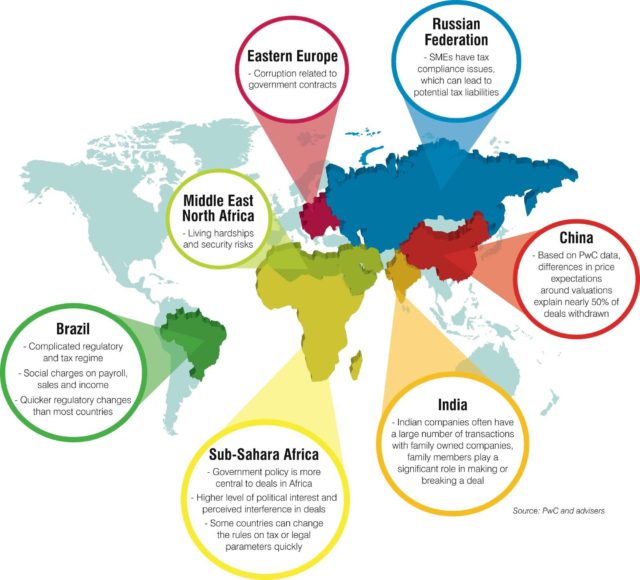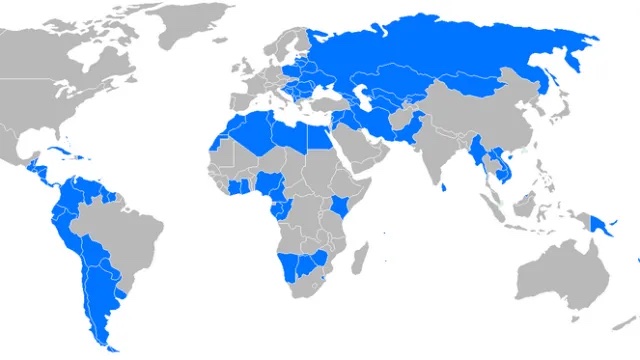Emerging market economies are becoming increasingly vulnerable to external shocks after a decade-long build-up of debt, with the Middle East and Africa regions on average having the lowest external vulnerability. According to global ratings agency Moody’s Investor Service (MIS), total emerging and frontier market external debt–which is defined as debt owed by residents of a country to non-residents–has almost tripled, from $3.0 trillion in 2005 to $8.2 trillion at the end of 2015. Debt is now growing faster than GDP and faster than foreign exchange reserves for many of these countries, the agency says.
The increase in debt is being driven by the growth in private debt, rather than public debt. Since 2005, private sector external debt has grown at an annual rate of 14.3% compared to 5.9% growth rate for public sector debt, the report states.
“Even though developments differ by country, these trends show that emerging and frontier markets are now more susceptible to economy-wide crises than they were a few years ago,” said Elena Duggar, an associate managing director at Moody’s.”While sovereign debt profiles have improved, the increase in private sector debt is making sovereigns more vulnerable to contingent liabilities.”

The agency expects global economic growth will remain “sluggish” for the medium term and commodity prices will stay low for “several years” going forward. Foreign exchange revenues and reserve accumulation for commodity exporters are also expected to be impacted.
“The potential for capital flows to slow, should US interest rates continue to rise, would also exacerbate the debt situation in emerging economies.”
The Middle East and Africa regions have the lowest external vulnerability among the four regions as measured by external debt to GDP and external debt to reserves. Both indicators have increased recently. The report analyzes the growth in debt in 83 emerging and frontier market economies over the course of the last decade, breaking down the data for four major regions: Asia Pacific, Latin America and the Caribbean, the Middle East and Africa, and Emerging Europe.








